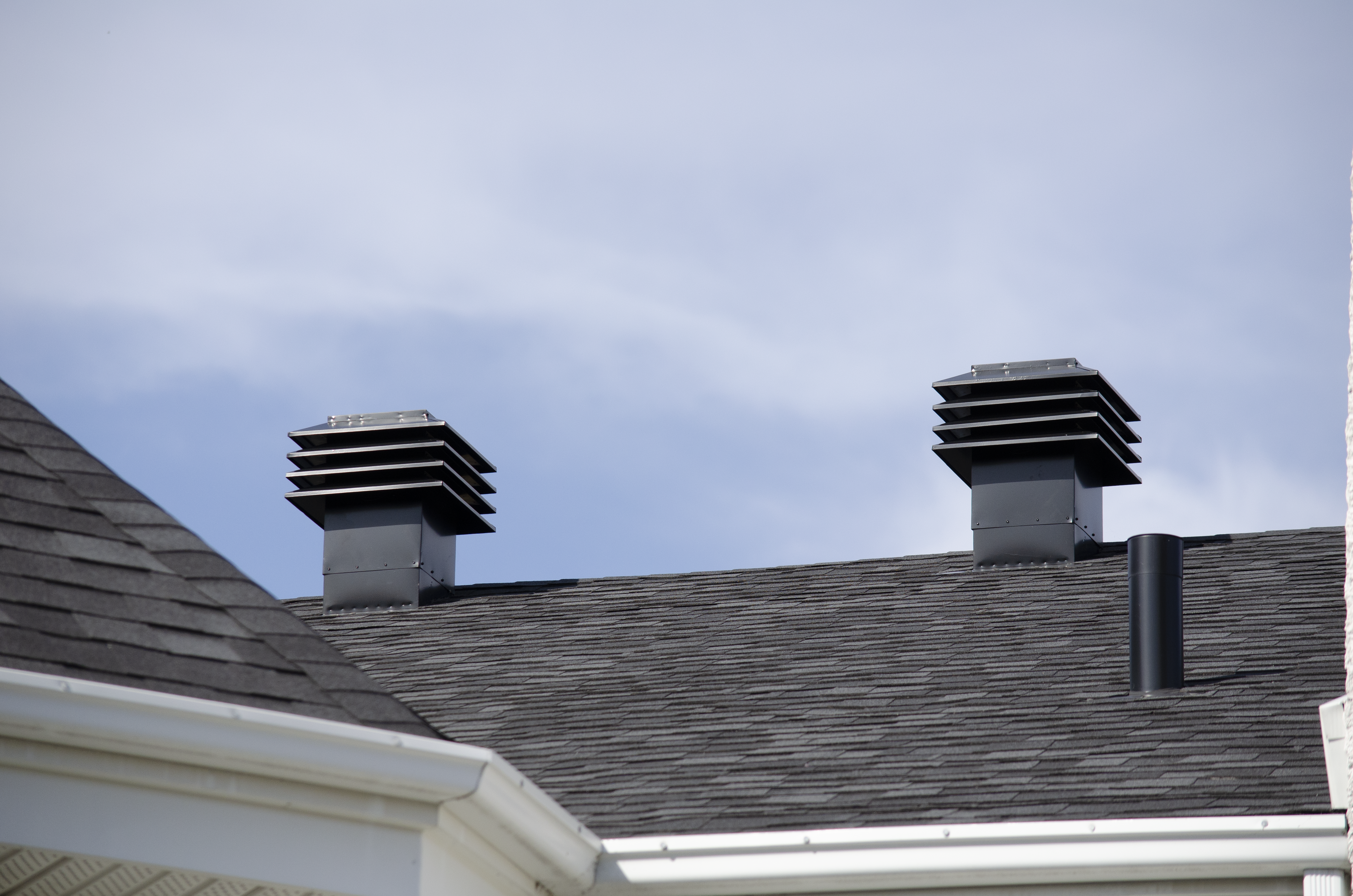A Dryer
Attic in Winter
A Cooler
Attic in Summer
Why Ventilate
in Winter?
Attic ventilation during winter conditions brings a different type of problem. During winter, the air inside the home is warmer and carries more water vapor than the colder, dryer air in the attic. Cooking, laundry, showers, humidifiers and other activities all contribute to this condition. There is a strong natural force, termed “vapor pressure”, that causes water vapor to migrate from high-humidity air or materials to low-humidity air. This migration of water vapor passes through ceilings, vapor barriors, insulation and wood. It moves into the attic space where it can readily condense on cooler structural members such as rafters, trusses, and especially the cold roof deck. Condensation moisture within an attic or ceiling space can dampen and compress insulation. Even small amounts of condensation can have a substantial effect in reducing the “R” value of the insulation, thus creating faster heat loss into the attic space. This will eventually lead to mold, mildew, rot, ice damming, etc. Having proper attic ventilation using the right attic vents will prevent all unwanted effects and keep your attic healthy.
Why Ventilate
in Summer?
Summer heat trapped in the attic creates a furnace effect, heating ceiling insulation which then radiates excess heat back downwards towards a home’s living space. This is why it is much warmer upstairs in the bedrooms than downstairs in the basement! Other problems that arise from an accumulation of hot air in the attic is the curling, or the bleeding of shingles, and the warping of the sheathing. This has a direct affect on the durability of the shingles and life of your roof while also sometimes not being covered by the manufactures or roofers warranty. Additionally, most homeowners don’t realize how attic heat buildup can increase cooling costs as their air conditioner will continuously run to compensate for the lack of proper ventilation in the attic. When attic ventilation is done right using active roof vents, heat buildup in the attic will be exhausted through proper air flow distribution coming from the soffit vents at the roof eaves all the way up to the Maximum vents. The result is an efficient roof ventilation system saving you energy costs and keeping your roof system healthy.
Roof Air Intake Vents
The lack and / or limitation of fresh air intake is one of the important causes of the presence of condensation, mildew and deterioration of the insulation in the attic. Maximum Ventilation Ltd. has studied these issues and designed and developed unique products that will resolve these deficiencies while respecting the building and preventing infiltration during inclement weather.MORE INFORMATION
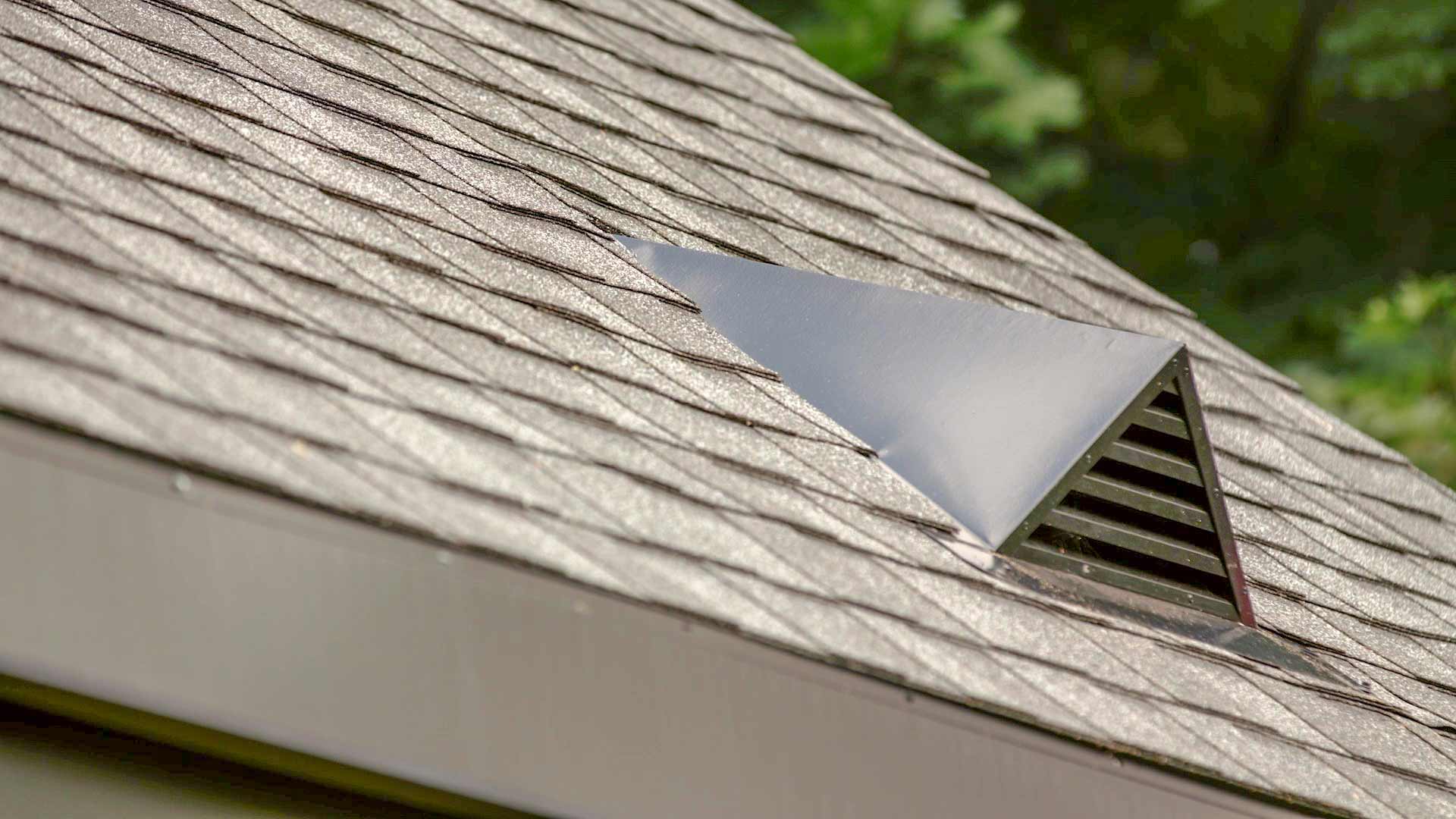
Roof Exhaust Traps
VMAX CT is the best quality roof exhaust on the market. Designed to discharge kitchen range hoods, bathroom fan and dryers, the built-in damper opens to release the exhaust air and closes once released, creating a hermetic barrier, thus reducing your energy bills. The built-in deflector will prevent any back drafts and clapping of the damper while also deflecting the flow towards the sides of the unit, reducing the risks of melting snow creating ice dams.MORE INFORMATION
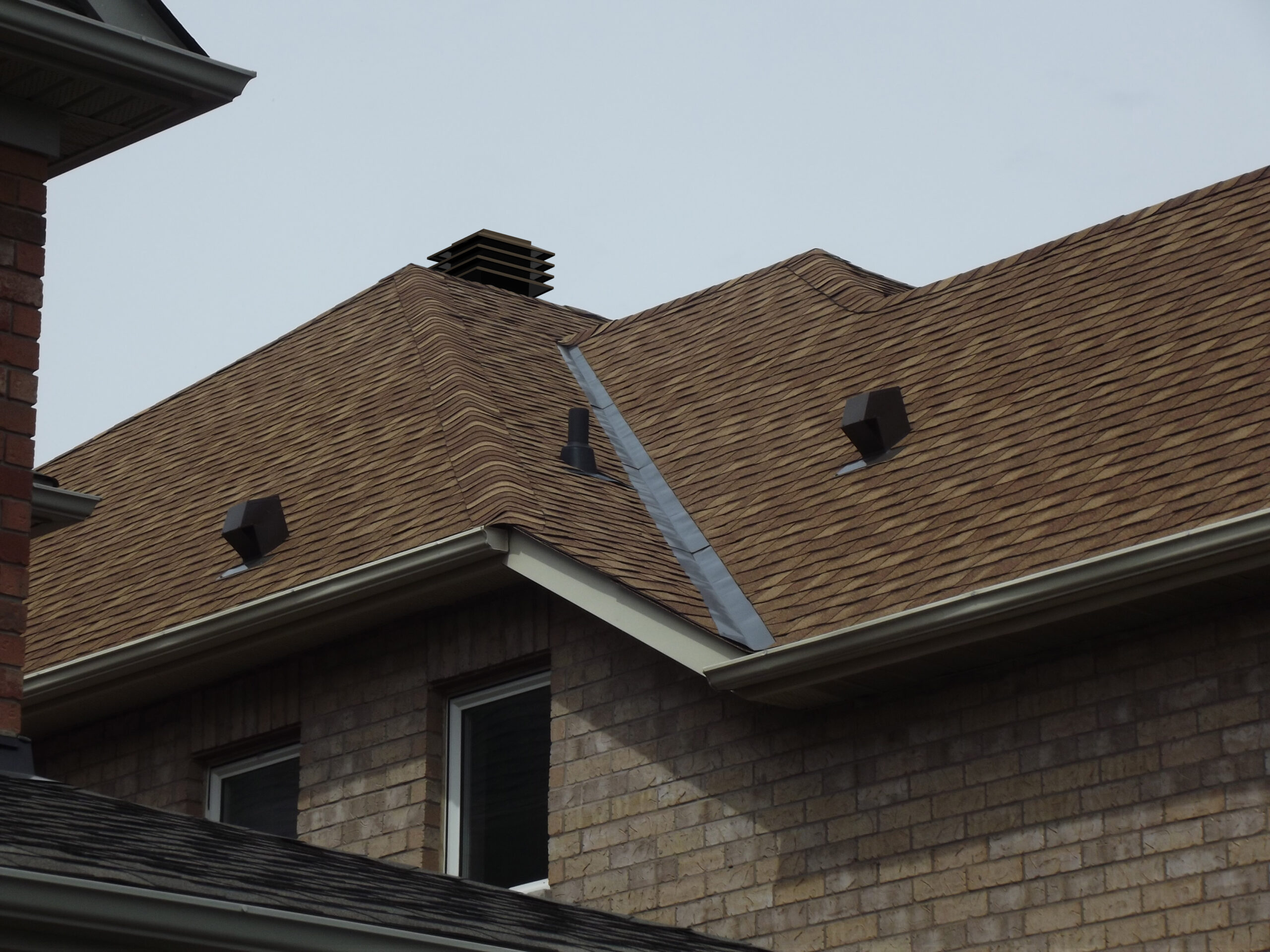
Wall Exhaust Traps
VMAX AF exhaust trap is unique to the market. Designed as an exhaust for bathroom fans, dryer and kitchen range hoods, it can also be used as a termination point for a HVAC system. Its versatile design also allows it to be easily converted from an exhaust vent to an air intake vent thanks to its removable damper.MORE INFORMATION
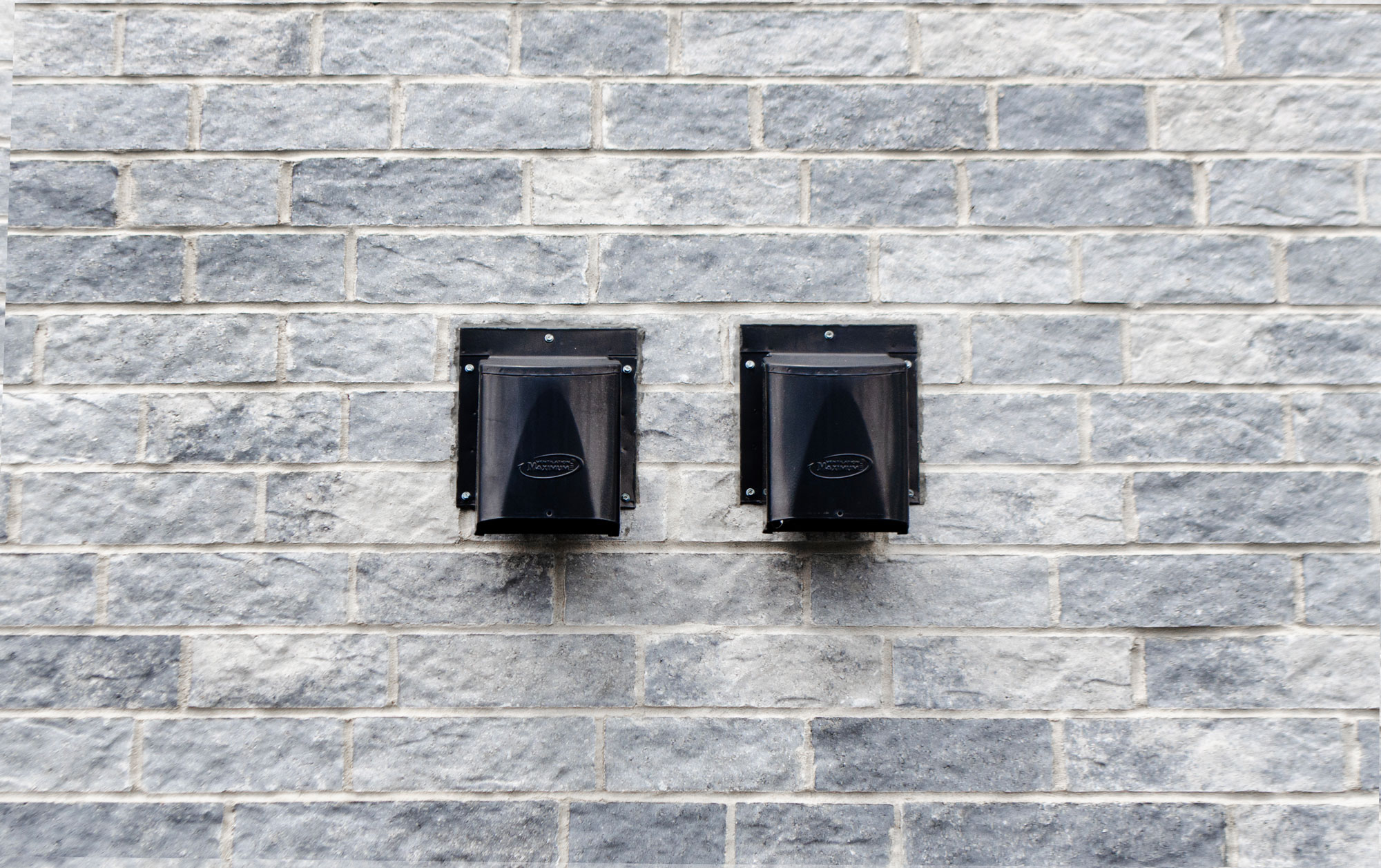
Roof Ventilators
Maximum Ventilators are active ventilators and are CSA approved. They stand tall above the snow during winter, unlike low profile vents or ridge vents. They also do not have to rotate to prevent water or snow infiltrations unlike turbine vents. Its unique storm proof system composed of louvers prevents infiltrations while at the same time capturing the wind flow from all directions.MORE INFORMATION
